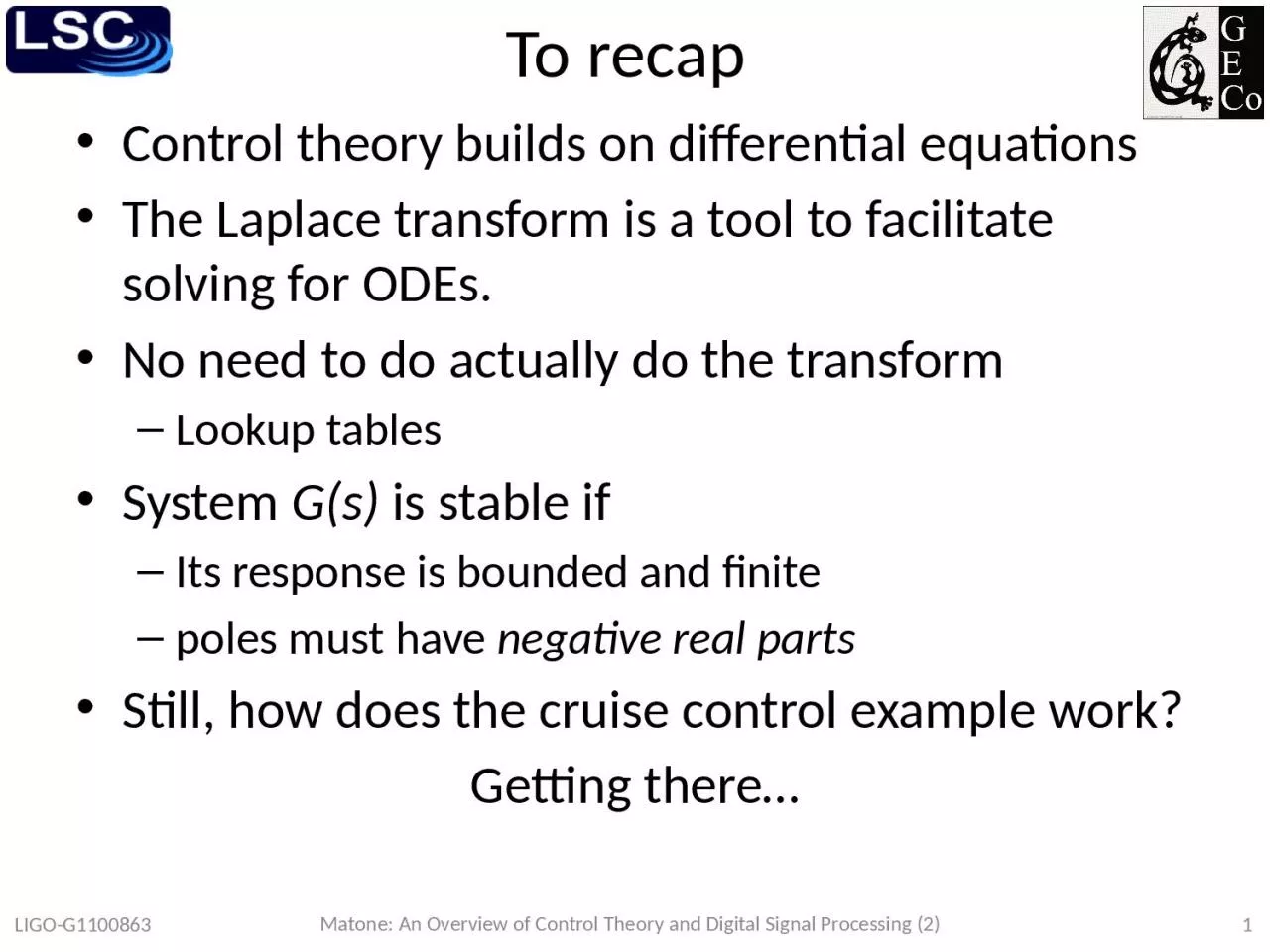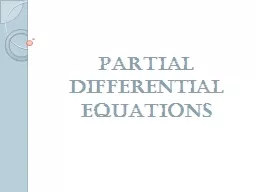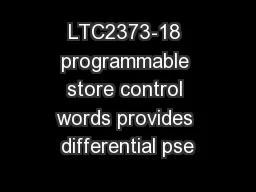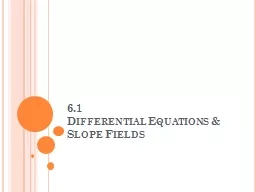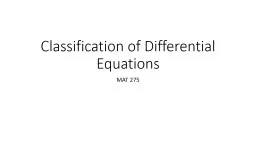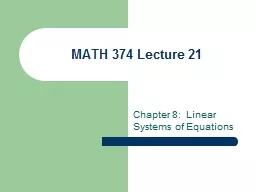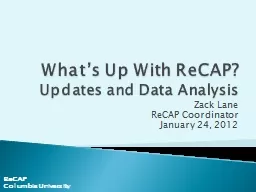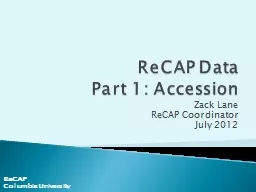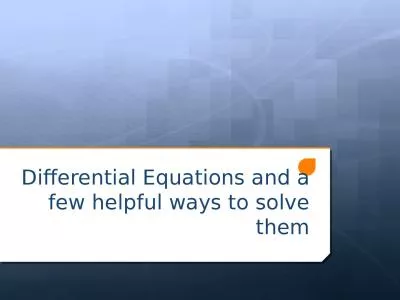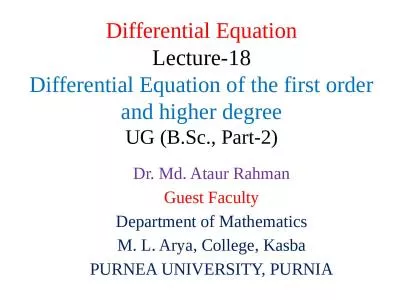PPT-To recap Control theory builds on differential equations
Author : cadie | Published Date : 2023-06-26
The Laplace transform is a tool to facilitate solving for ODEs No need to do actually do the transform Lookup tables System Gs is stable if Its response is bounded
Presentation Embed Code
Download Presentation
Download Presentation The PPT/PDF document "To recap Control theory builds on diffe..." is the property of its rightful owner. Permission is granted to download and print the materials on this website for personal, non-commercial use only, and to display it on your personal computer provided you do not modify the materials and that you retain all copyright notices contained in the materials. By downloading content from our website, you accept the terms of this agreement.
To recap Control theory builds on differential equations: Transcript
Download Rules Of Document
"To recap Control theory builds on differential equations"The content belongs to its owner. You may download and print it for personal use, without modification, and keep all copyright notices. By downloading, you agree to these terms.
Related Documents

